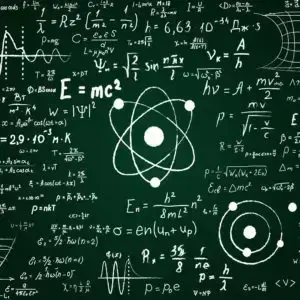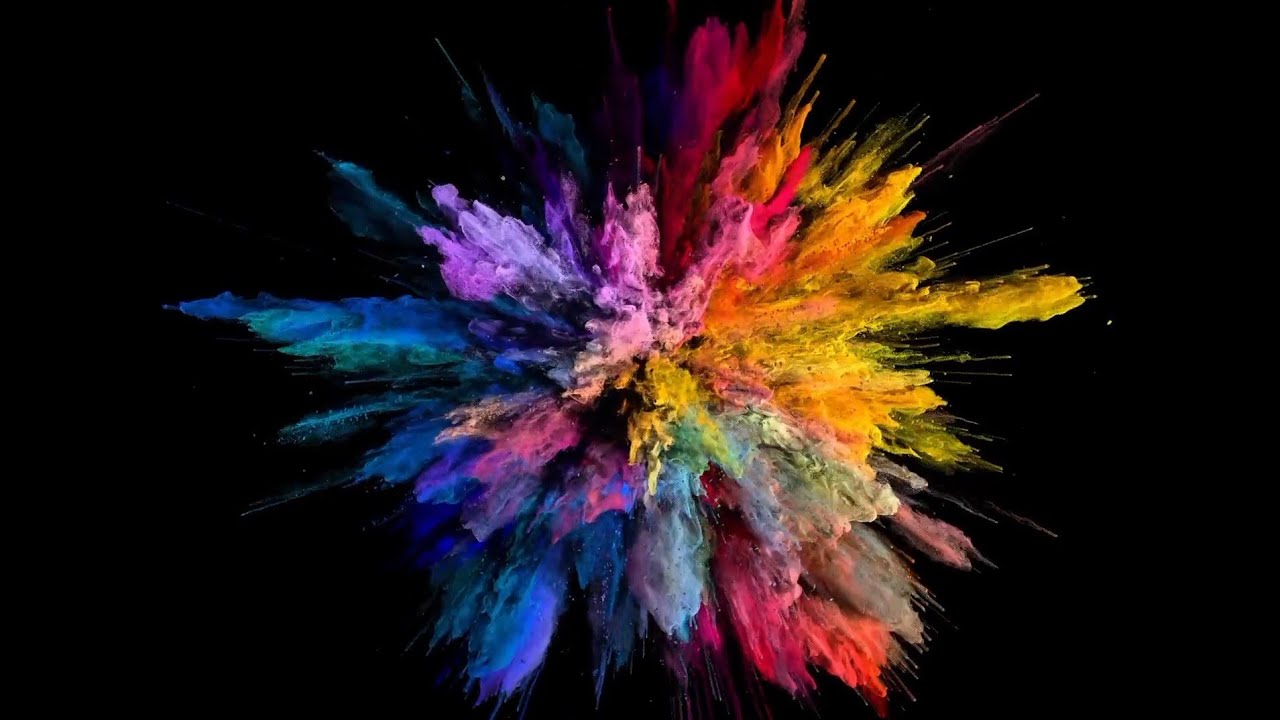

That’s incredible, and a great way to do it!


That’s incredible, and a great way to do it!


Yeah; I’ve run similar tests and my working memory is exactly average, which is where my belief that the ability to store long term memories permanently is available to everyone.
For extra long memory validations, I’ve got photographs, and I also leave “memory checkpoints” in the real world, like landmarks in the slipstream of time, or physical objects in vaults that I can reference.
They’re important for the continuity of self, but also to have empirical anchors of “real” objects:



Yeah; it depends on the day. I’d say the recall is limited to my 140° of forward field of view, and really minor details get deleted, blurred or smeared.
I live in a major city, and pass literally, not figuratively thousands of people every day, so my memory is crammed full of ostensibly millions of people at this point. I don’t remember all of their outfits, but I can visualize a memory of say, riding on the subway, and remember almost every person and where they were sitting, and a rough approximation of what they were wearing.
A more unusual outfit would be more memorable, for instance, I had a friend who got a well-paying job, we met up at a convention, and he wore a purple shirt with a mosaic pattern on it. That was in 2015, but I can remember his exact appearance, haircut, the day of, and the shirt because of how unusual and uncommon purple Oxford/business shirts are.
I want to say my memory accuracy is around 88% on aggregate, with the highest quality memories being 96% accurate. Every time I touch a memory, I risk modifying it, so I whiteglove everything, and make sure to not overwrite any information. This is especially hard when reading childhood data because it was literally encoded by a consciousness that was still learning the English language, for ex.
In other words, what I’m trying to say is, my memory is reliable up until there is a lot of crowding. Extremely rich scenes or thousands of people together simultaneously makes it a lot harder, and while the recall is there, up to 10% of the data might be lost.


The brain flushes cerebrospinal fluid through itself during sleep, cleaning out spent fuel (beta, tau, amyloids and such). Buildup of amyloids in the brain is linked with Alzheimer’s disease. Anything the fluid touches activates neurons so the body has to be immobilized for the process otherwise you’ll flail around during the sleep process (See: Sleepwalking and night terrors). Memory consolidation and repair also occur in this stage. The optical clusters are so important for survival in evolution, they are never turned off, so dreams occur as the fluid hits neurons causing rapid eye movements (REM).
There was a BBC article/paper I read like a decade ago talking about the role/function of sleep in animals/organisms.
That first long morning piss? That’s all spent brain fuel.
If I got something wrong feel free to correct me, I’m going off years old information from the Interwebs__


TLDR: I agree with you
I have HSAM, highly superior autobiographical memory.
I am technically the thing the authors of the paper are trying to create; the human-alien hybrid.
One of the things I did most when I was a child was emphasize the importance of good sleep and dreaming.
As a result, I dream every night. Vividly. Lucidly. I also can remember essentially everything that has ever happened to me, or around me, like a video camera set to record on an infinite hard drive.
That being said, I don’t believe my brain is special. I don’t think this is a genetic quirk, or a fluke - a ghost in the programming.
I think everyone has the ability to form their brains into something like this, starting from early childhood, but simultaneously, I don’t think modern industrial civilization would survive this.
Humanity has a distinct advantage of knowing and being cognizant of its death at all times, and mercifully, forgets about this until their final years.
Giving everyone this ability would make society smarter, but I suspect they would respond to it by dulling their senses – self-medicating with marijuana and alcohol to cope with the gaping maw of wasting their fully lucid, fully hyperburning stardust on making some rich fuck richer.


Powerful quote, also true


If you are using CPU only, you need to look at very small models or the 2-bit quants.
Everything will be extremely slow otherwise:
GPU:
Loaded Power: 465W
Speed: 18.5 tokens/second
CPU: Loaded Power: 115W
Speed: 1.60 tokens/second
GPUs are at least 3 times faster for the same power draw.


I don’t know what GPU you’ve got, but Lexi V2 is the best “small model” I’ve seen with emotions, that I can just cite from the top of my head.
It tends to skew male and can be a little dark at times, but it’s more complex than expected for the size (8B feels like 48-70B).
Do Q8_0 if you’ve got the VRAM, Q5_KL for speed, IQ4_XS if you’ve got a potato.



My answer to this is yes.
I’m an AI Developer and my only option was to self host because I didn’t want my training data leaking out onto the web and by extension, China and the rest (I trained on my own data, writing, and notes, along with Wikipedia).
Self-hosting gives you complete freedom but also as one other user cautioned, don’t fall down the well/rabbit hole.


Use an executable like LM Studio, and then an off the shelf pre-trained model from Huggingface.
VRAM × 0.8 for max size.
Experiment until you find one you like.


I think the grand irony about this thing is that if there really was a bacteria that could eat away it plastic there would be a mass panic – "new dangerous bacteria found eating away at plastic containers, all packaging rotting on store shelves!"


I thought this was a direct to video/streaming release.
Now that I know it’s in theaters, I’m gonna go watch it.


TLDR: ROCM is AMD’s variant for general purpose compute on GPUs, like CUDA is for NVIDIA.
OpenAI being for profit.
I use ROCM extensively (I write, design and train my own AIs/LLMs) and it’s annoying of an acronym, especially in command lines:
--rocm-6.6.7.2-dev1 --cuda
But I figure it’s a four letter acronym to match “CUDA”.
I also pronounce it “Rock’em” in verbal versus “Koo’dah” (Barracuda).
Everything is about marketing and goodwill. You can just say something has “blast processing” and fail to elaborate.
The bottom right “art” in green is pure schizoposting, the “DMs from the divine” and then walls of text are typical of degenerative schizophrenia.
I’m sorry OP, they might be an art thief, they might be insane, maybe both.


You now own two cats.


Your great grandpa looks like my great grandpa
Wtf OP
That scissor style used to cut portraits is pretty distinctive to the USSR
… Are we related?
Put four pots over the squares over the ground.
Shoot the dragon head statues, the pedestals raise.
The pedestals make stone grinding sounds and…
Only one pedestal has raised, the pots have caused the animation to bug out and the game engine to assume that the pedestal is in the final position on the floor.
The floor position has the lever locked.
The game developer never anticipated what a massive idiot I was


OP casually walks by pelicans and hears the Mortal Kombat music begin playing
I have friends from elementary school who I routinely will try to find and ask them about stuff from third grade.
The vast majority of them have no idea who I am – I ran this experiment a few more times with people from middle school and high school, and then college.
I have determined that the average long-term memory for human being is 7 years.
After 7 years you basically get deleted from their memory and while you can prompt their long-term memory it’s a bit almost like memory implantation you’re giving them information about something which may or may not be true.
E.g: “Remember that hot air balloon ride we went on when we were six?”
“Haha, yeah I remember.”
“Really? Because that’s some bullshit I just made up there’s no hot air balloons in the city.”